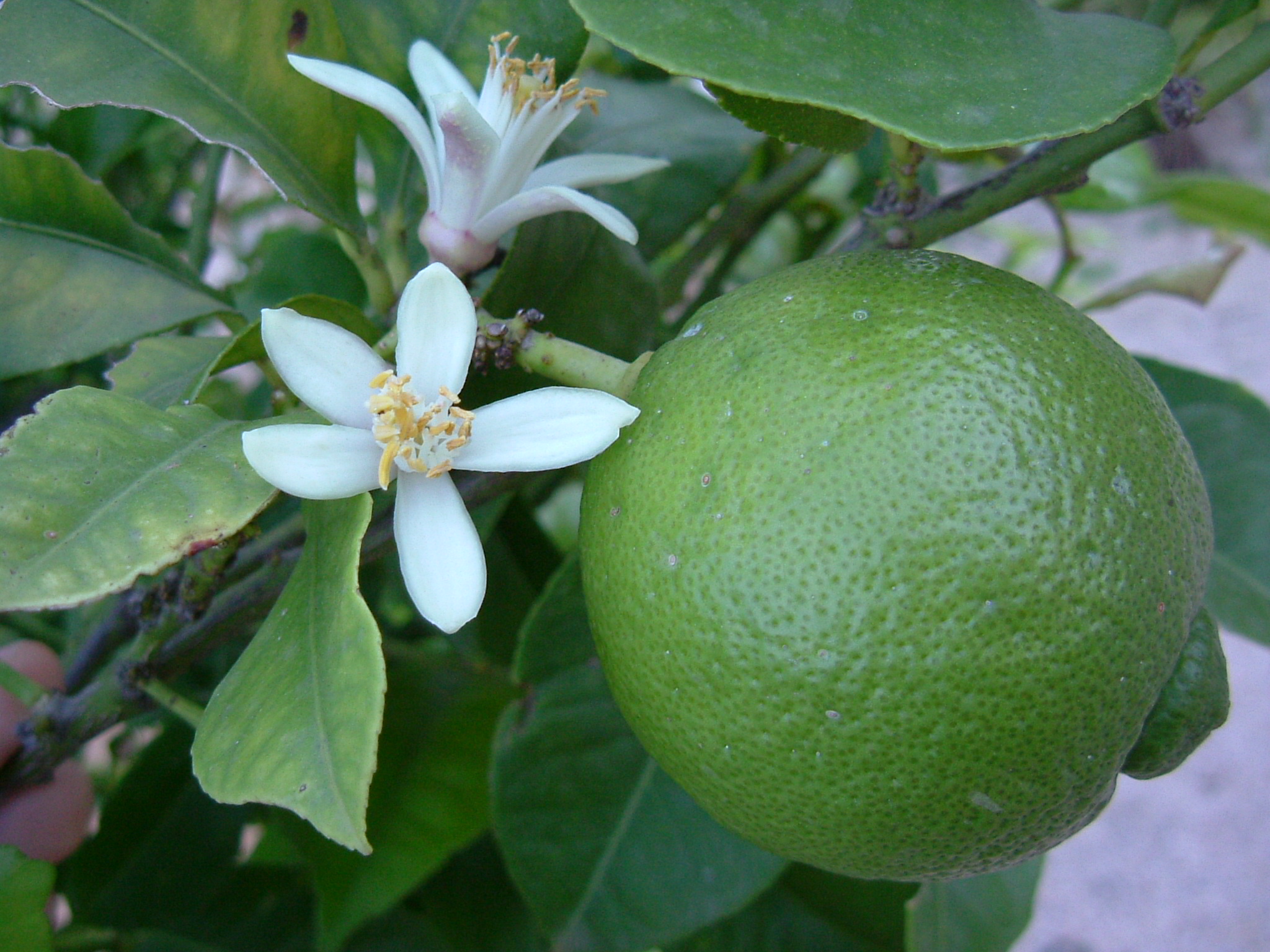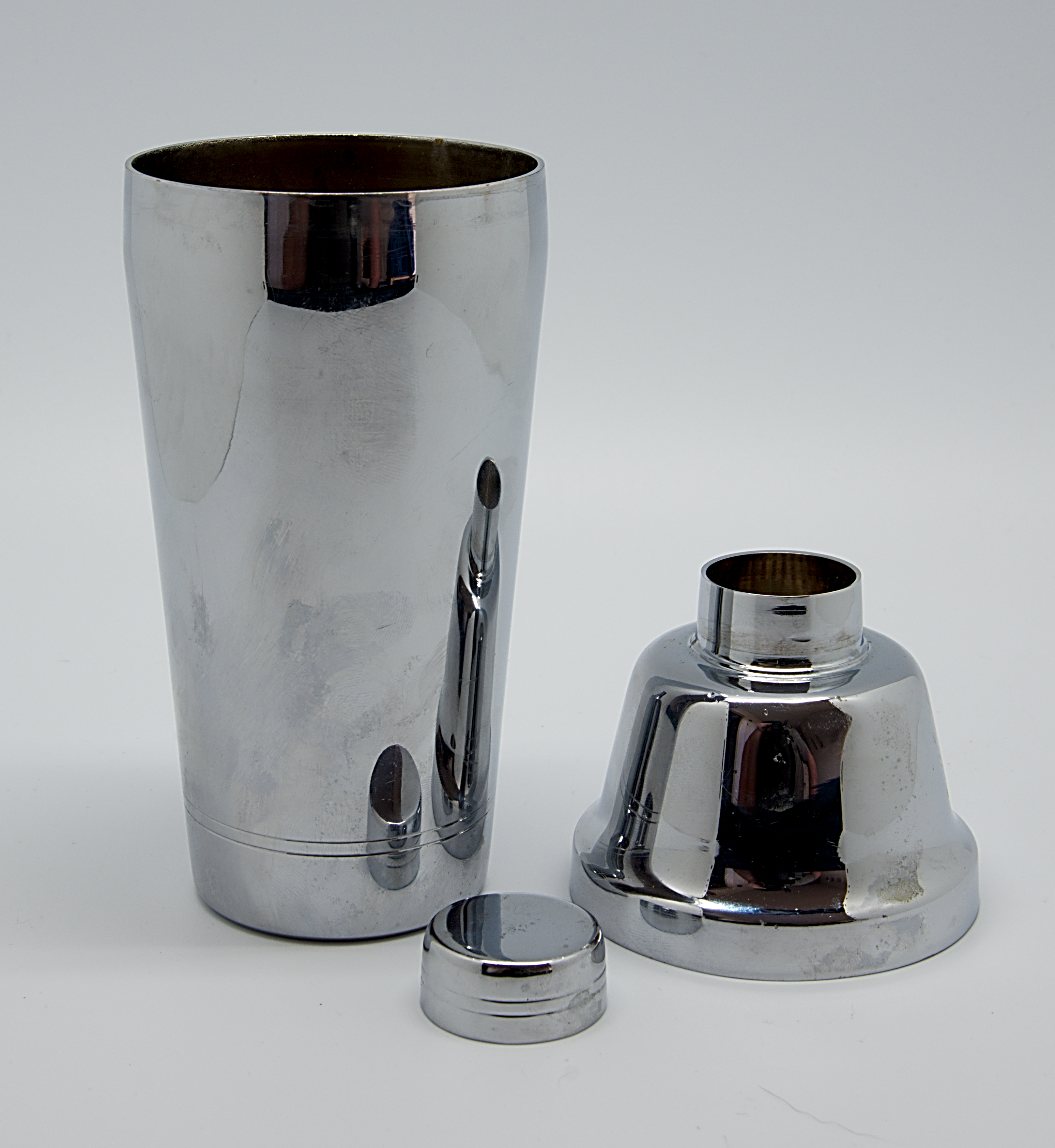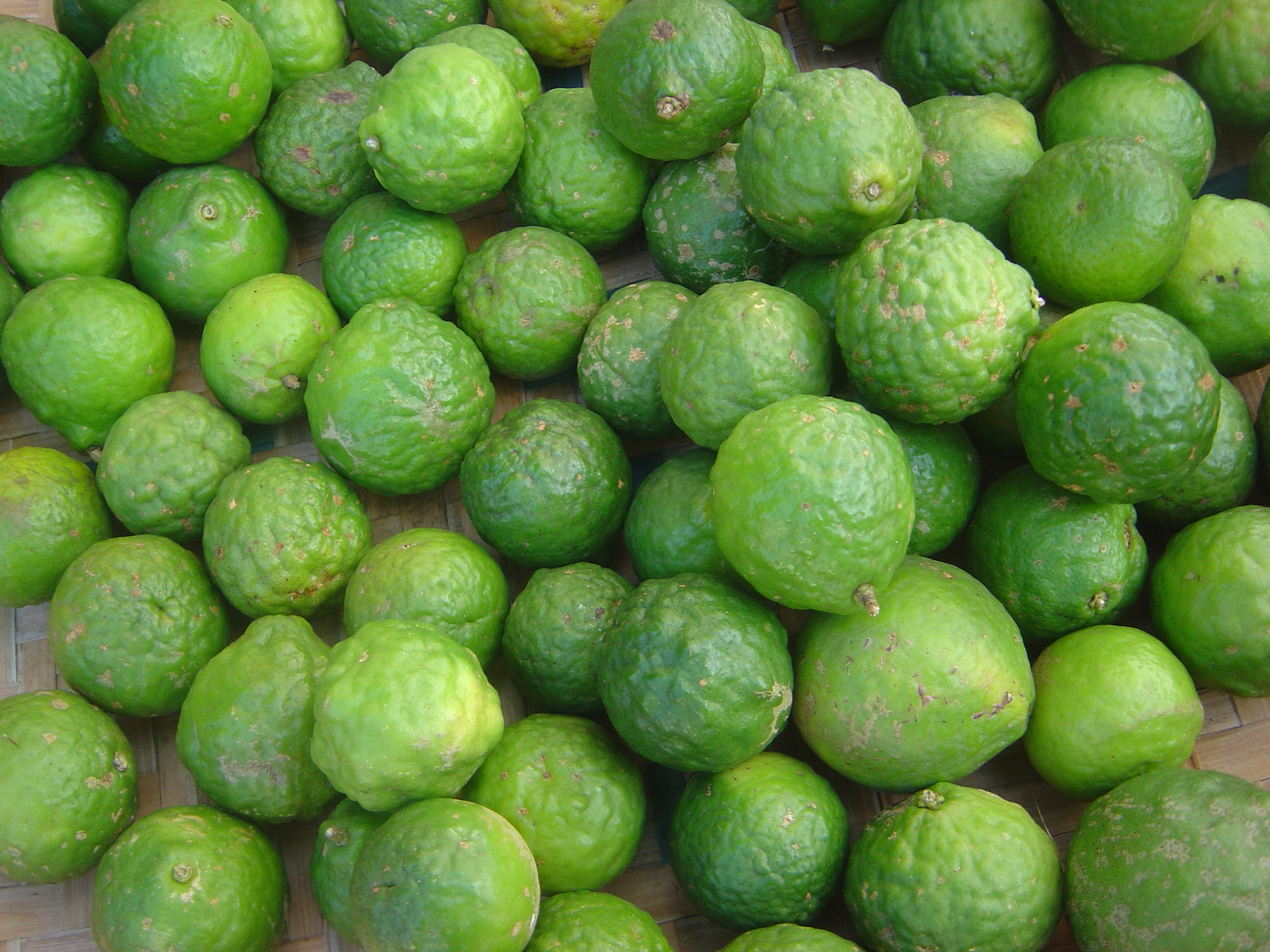|
Matador (cocktail)
The Matador is a tequila-based cocktail. Less widely known than the margarita, its structure is similarly simple, with three primary ingredients: silver or ''blanco'' tequila, pineapple juice, and lime juice. Its chief coupling of pineapple and a single spirit resembles a Jackhammer, a variant of the Screwdriver which substitutes pineapple juice for orange juice to mix with vodka. Matadors are often presented differently, either in a martini glass or a champagne flute. Background The cocktail combines three Mexican exports: tequila, pineapple and lime. Due to typically high natural sugar content in many pineapple varieties, or use of sweetened commercially produced pineapple juice, additional sweeteners are not usually added. In addition to these details, Matador is a commercial brand of tequila, though usage of a specifically branded spirit here is variable, similar to ingredient usage in other cocktails. See also * List of cocktails A cocktail is a mixed drink typica ... [...More Info...] [...Related Items...] OR: [Wikipedia] [Google] [Baidu] |
Tequila
Tequila (; ) is a distilled beverage made from the blue agave plant, primarily in the area surrounding the city of Tequila northwest of Guadalajara, and in the Jaliscan Highlands (''Los Altos de Jalisco'') of the central western Mexican state of Jalisco. The red volcanic soils in the region of Tequila are well suited for growing the blue agave, and more than 300 million of the plants are harvested there each year. Agave grows differently depending on the region. Blue agaves grown in the highlands Los Altos region are larger and sweeter in aroma and taste. Agaves harvested in the valley region have a more herbaceous fragrance and flavor. Due to its historical and cultural importance, the region near Tequila was declared a UNESCO World Heritage Site in 2006, the ''Agave Landscape and Ancient Industrial Facilities of Tequila''. Mexican laws state that tequila can be produced only in the state of Jalisco and limited municipalities in the states of Guanajuato, Michoacán, Nayarit, ... [...More Info...] [...Related Items...] OR: [Wikipedia] [Google] [Baidu] |
Pineapple
The pineapple (''Ananas comosus'') is a tropical plant with an edible fruit; it is the most economically significant plant in the family Bromeliaceae. The pineapple is indigenous to South America, where it has been cultivated for many centuries. The introduction of the pineapple to Europe in the 17th century made it a significant cultural icon of luxury. Since the 1820s, pineapple has been commercially grown in greenhouses and many tropical plantations. Pineapples grow as a small shrub; the individual flowers of the unpollinated plant fuse to form a multiple fruit. The plant is normally propagated from the offset produced at the top of the fruit, or from a side shoot, and typically matures within a year. Botany The pineapple is a herbaceous perennial, which grows to tall, although sometimes it can be taller. The plant has a short, stocky stem with tough, waxy leaves. When creating its fruit, it usually produces up to 200 flowers, although some large-fruited cultivars can ... [...More Info...] [...Related Items...] OR: [Wikipedia] [Google] [Baidu] |
Lime (fruit)
A lime (from French ''lime'', from Arabic ''līma'', from Persian ''līmū'', "lemon") is a citrus fruit, which is typically round, green in color, in diameter, and contains acidic juice vesicles. There are several species of citrus trees whose fruits are called limes, including the Key lime (''Citrus aurantiifolia''), Persian lime, Makrut lime, and desert lime. Limes are a rich source of vitamin C, are sour, and are often used to accent the flavours of foods and beverages. They are grown year-round. Plants with fruit called "limes" have diverse genetic origins; limes do not form a monophyletic group. Plants known as "lime" The difficulty in identifying exactly which species of fruit are called lime in different parts of the English-speaking world (and the same problem applies to synonyms in other European languages) is increased by the botanical complexity of the citrus genus itself, to which the majority of limes belong. Species of this genus hybridise readily, and i ... [...More Info...] [...Related Items...] OR: [Wikipedia] [Google] [Baidu] |
Cocktail Shaker
A cocktail shaker is a device used to mix beverages (usually alcoholic) by shaking. When ice is put in the shaker, this allows for a quicker cooling of the drink before serving. Usage A shaken cocktail is made by putting the desired ingredients (typically liquor, fruit juices, syrups, liqueurs and ice cubes) in the cocktail shaker. Then it is shaken vigorously for around 10 to 18 seconds, depending upon the size and temperature of the ice. Varieties There are at least three varieties of cocktail shaker: * The Boston Shaker: A two-piece shaker consisting of a 28 imp fl oz (800 ml) metal bottom and a 16 imp fl oz (450 ml) mixing container made of plastic, metal or (more traditionally) glass. The mixing container and bottom are inserted into each other for shaking or used separately for stirring or muddling. A separate strainer, such as a Hawthorne or Julep strainer, is required for this type shaker if crushed ice is used. Without such a strainer, some bartenders may ins ... [...More Info...] [...Related Items...] OR: [Wikipedia] [Google] [Baidu] |
Sour Mix
Sour mix (also known as sweet and sour mix) is a mixer that is yellow-green in color and is used in many cocktails. It is made from approximately equal parts lemon and/or lime juice and simple syrup and shaken vigorously with ice. This produces a pearly-white liquid with a pronounced flavor. Optionally, egg whites may be added to make the liquid slightly foamy. Sour mix can be mixed with liquor(s) to make a sour drink; most common are vodka sour (vodka) and whiskey sour (whiskey). Pre-mixed versions are available and are used in many bars. These typically consist of a powder which must be rehydrated by adding water prior to use. References See also *List of cocktails A cocktail is a mixed drink typically made with a distilled liquor (such as arrack, brandy, cachaça, gin, rum, tequila, vodka, or whiskey) as its base ingredient that is then mixed with other ingredients or garnishments. Sweetened liqueurs, ... {{cocktail-stub Drink mixers ... [...More Info...] [...Related Items...] OR: [Wikipedia] [Google] [Baidu] |
Margarita
A margarita is a cocktail consisting of Tequila, triple sec, and lime juice often served with salt on the rim of the glass. The drink is served shaken with ice (on the rocks), blended with ice (frozen margarita), or without ice (straight up). The drink is generally served in a stepped-diameter variant of a cocktail glass or champagne coupe called a margarita glass. Origin The history of the margarita is one of folklore due to its numerous origin stories. According to cocktail historian David Wondrich, the margarita is related to the brandy daisy (''margarita'' is Spanish for "daisy"), remade with tequila instead of brandy. (Daisies are a family of cocktails that include a base spirit, liqueur, and citrus. A sidecar and gin daisy are other related drinks.) There is an account from 1936 of Iowa newspaper editor James Graham finding such a cocktail in Tijuana, years before any of the other margarita "creation myths". The '' Cafe Royal Cocktail Book'', published in the UK in 193 ... [...More Info...] [...Related Items...] OR: [Wikipedia] [Google] [Baidu] |
Lime Juice
A lime (from French ''lime'', from Arabic ''līma'', from Persian ''līmū'', "lemon") is a citrus fruit, which is typically round, green in color, in diameter, and contains acidic juice vesicles. There are several species of citrus trees whose fruits are called limes, including the Key lime (''Citrus aurantiifolia''), Persian lime, Makrut lime, and desert lime. Limes are a rich source of vitamin C, are sour, and are often used to accent the flavours of foods and beverages. They are grown year-round. Plants with fruit called "limes" have diverse genetic origins; limes do not form a monophyletic group. Plants known as "lime" The difficulty in identifying exactly which species of fruit are called lime in different parts of the English-speaking world (and the same problem applies to synonyms in other European languages) is increased by the botanical complexity of the citrus genus itself, to which the majority of limes belong. Species of this genus hybridise readily, and i ... [...More Info...] [...Related Items...] OR: [Wikipedia] [Google] [Baidu] |
Screwdriver (cocktail)
A screwdriver is a simple and popular alcoholic highball drink made with orange juice and vodka. In the UK, it is referred to as a "vodka and orange". While the basic drink is simply the two ingredients, there are many variations. Many of the variations have different names in different parts of the world. History The drink originated during World War II, when Americans in China and Turkey mixed neutral spirits with orange juice. The origin of the name "screwdriver" is less clear, but the name appeared in Ankara, Turkey, in 1943 and 1944 and later in Istanbul. Variations on the recipe were present in 1948 in Turkey and also called screwdrivers, such as a mixture of one-third vodka and two-thirds gin, and another recipe adding gin, cognac, bitters, and other ingredients to orange juice and vodka. An unattributed but popular story for the name is that the Americans lacked a spoon and instead used a screwdriver as a stirring stick. Starting mid-1950, vodka rose rapidly in popular ... [...More Info...] [...Related Items...] OR: [Wikipedia] [Google] [Baidu] |
Orange Juice
Orange juice is a liquid extract of the orange tree fruit, produced by squeezing or reaming oranges. It comes in several different varieties, including blood orange, navel oranges, valencia orange, clementine, and tangerine. As well as variations in oranges used, some varieties include differing amounts of juice vesicles, known as "pulp" in American English, and "(juicy) bits" in British English. These vesicles contain the juice of the orange and can be left in or removed during the manufacturing process. How juicy these vesicles are depend upon many factors, such as species, variety, and season. In American English, the beverage name is often abbreviated as "OJ". Commercial orange juice with a long shelf life is made by pasteurizing the juice and removing the oxygen from it. This removes much of the taste, necessitating the later addition of a flavor pack, generally made from orange products. Additionally, some juice is further processed by drying and later rehydrating th ... [...More Info...] [...Related Items...] OR: [Wikipedia] [Google] [Baidu] |
Vodka
Vodka ( pl, wódka , russian: водка , sv, vodka ) is a clear distilled alcoholic beverage. Different varieties originated in Poland, Russia, and Sweden. Vodka is composed mainly of water and ethanol but sometimes with traces of impurities and flavourings. Traditionally, it is made by distilling liquid from fermented cereal grains, and potatoes since introduced in Europe in the 1700's. Some modern brands use fruits, honey, or maple sap as the base. Since the 1890s, standard vodkas have been 40% alcohol by volume (ABV) (80 U.S. proof). The European Union has established a minimum alcohol content of 37.5% for vodka. Vodka in the United States must have a minimum alcohol content of 40%. Vodka is traditionally drunk " neat" (not mixed with water, ice, or other mixers), and it is often served ''freezer chilled'' in the vodka belt of Belarus, Estonia, Finland, Iceland, Latvia, Lithuania, Norway, Poland, Russia, Sweden, and Ukraine. It is also used in cocktails and mixed d ... [...More Info...] [...Related Items...] OR: [Wikipedia] [Google] [Baidu] |
Martini Glass
A cocktail glass is a stemmed glass with an inverted cone bowl, mainly used to serve straight-up cocktails. The term ''cocktail glass'' is often used interchangeably with ''martini glass'', despite their differing slightly. Today, the glass is used to serve a variety of cocktails, such as the martini and its variations ( French martini, vodka martini, espresso martini, appletini), Manhattan, Brandy Alexander, pisco sour, Negroni, cosmopolitan, gimlet, and the grasshopper. History Invented in the late 19th century, its form derives from the fact that all cocktails are traditionally served chilled and contain an aromatic element. Thus, the stem allows the drinker to hold the glass without affecting the temperature of the drink, an important aspect due to the lack of added ice which in other drinks serves to cool the drink, and the wide bowl places the surface of the drink directly under the drinker's nose, ensuring the aromatic element has the desired effect. In the modern ... [...More Info...] [...Related Items...] OR: [Wikipedia] [Google] [Baidu] |
Champagne Flute
A champagne glass is stemware designed for Champagne (wine), champagne and other sparkling wines. The two most common forms are the flute and coupe, both stemmed; holding the glass by the stem prevents warming the drink. Champagne can also be drunk from a normal wine glass, which allows better appreciation of the flavor, at the expense of accentuating the bubbles less. Flute The champagne flute (French:'' :fr:Flûte (verre), flûte à Champagne'') is a stem glass with either a tall tapered conical shape or elongated slender bowl, generally holding about of liquid. The champagne flute was developed along with other wine stemware in the early 18th century as the preferred shape for sparkling wine as materials for drinking vessels shifted from metal and ceramic to glassware. Initially, the flute was tall, conical, and slender; by the 20th century, preferences changed from a straight-sided glass to one which curved inward slightly near the lip. This inward taper is designed to ... [...More Info...] [...Related Items...] OR: [Wikipedia] [Google] [Baidu] |








